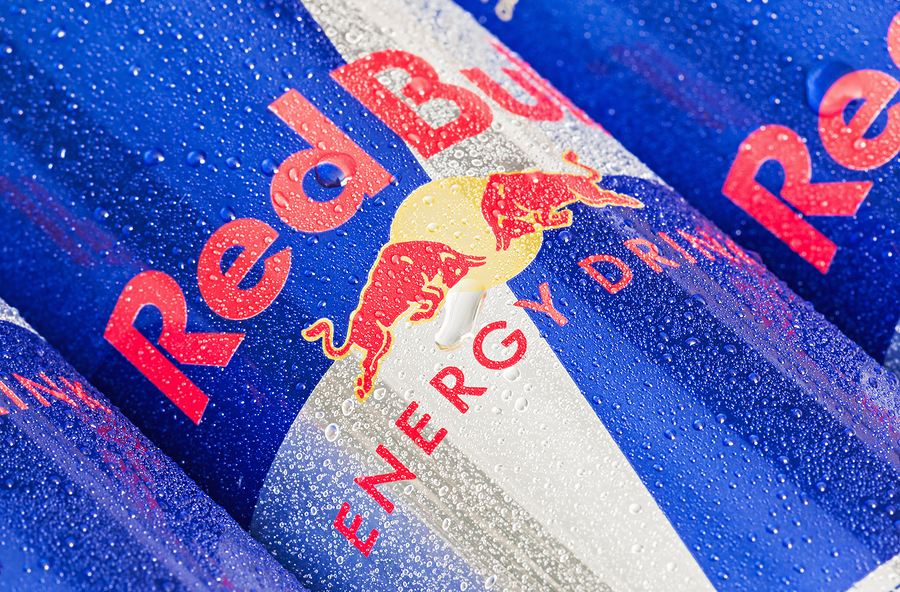
The 3 Metrics That Matter for Content Marketing Success
by SEO Savvy August 21st, 2014
On July 22, SimpleReach, a startup that helps marketers and publishers measure the effectiveness of their content and ads, announced that it had raised $9 million in Series A funding to meet this demand and measure content, as reported by TechCrunch. That’s big news, since over 90% of marketers are not confident in how they’re measuring content, according to Contently. Currently, SimpleReach says that The New York Times, Forbes, The Huffington Post and The Atlantic all use their product to measure the effectiveness of their native advertising programs and that brands like Intel and Xerox use it to analyze and promote their own content marketing.
While nearly every company today has its own company blog, far fewer have a concrete distribution strategy or even a clear measurement system in place for evaluating ROI, according to Contently. In theory, that’s what SimpleReach will do, and should help you to answer the questions: What metrics should your content marketing team measure? Is content marketing effective, and if so, how can this be measured?
If you’re wondering how to measure content marketing, you’re not alone. Here’s what you need to know about the three metrics that matter most for content marketing.
#1: Engagement.
This is all about “stickiness”, specifically how much and how often prospects return to your site and engage with your content. Keep an eye on the following metrics:
- Unique visitors
- Page views
- Average visit duration
- Return visits
- Bounce rate
#2: Amplification.
What makes content “go viral”? Take a close look at your amplification metrics, specifically the number of shares, re-tweets, likes, etc. Consumers are more likely to talk about and re-share information about products they find personally and emotionally relevant. Look for a correlation between an uptick in SEO and organic traffic and shares, tweets, etc. For example, you may notice that one blog post is re-tweeted over 1,000 times on Twitter and that there is a simultaneous bump in site traffic. That’s a clear sign your content is resonating with your target audience and being amplified appropriately.
#3: Leads.
In the B2B world, content marketing is designed to drive leads to your sales team by building awareness, attracting interest, and cultivating relationships. In many cases, your content serves as an “entry point” for the first interaction that leads may have with your business. The metrics that matter here are cost-per-lead, cost-per-new-name, and cost-per-opportunity.
Tying revenue to content marketing can be incredibly difficult, but SimpleReach is working to make this possible. Don’t get caught up in revenue numbers alone, however. When it comes to analyzing the success of your content marketing efforts, engagement, amplification and lead metrics are just as important.






